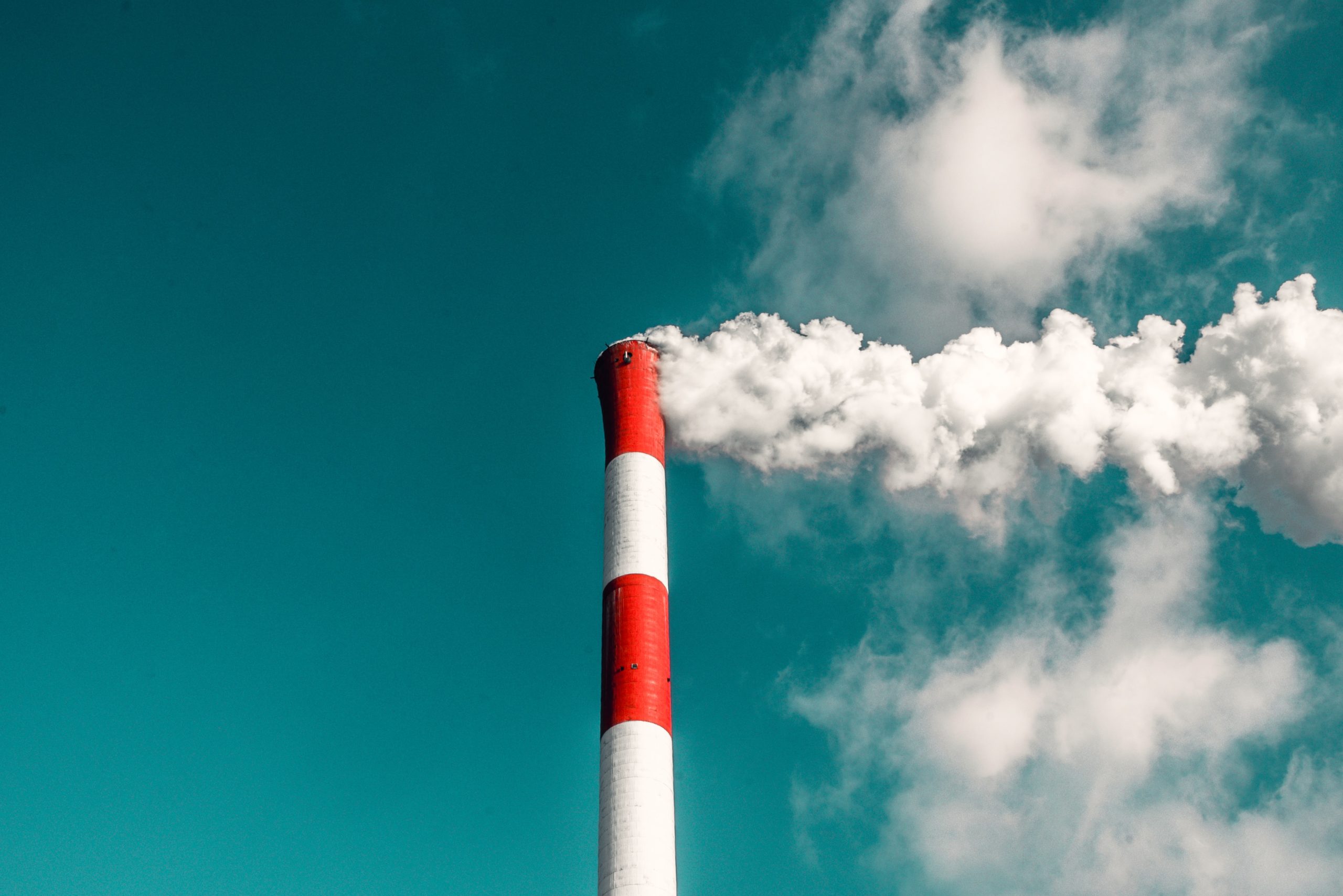
The city of Nacala, home to over 200,000 people, sits on the northern coastline of Mozambique. Found in the Nampula province, incomes are generally smaller and children spend fewer years in school than the national average. To the north, residents of the Cabo Delgado province have been terrorised by armed conflict.
This city, like many other parts of the world, is living on the knife edge of social and economic inequality.
To the south, tens of thousands were displaced earlier this year by the floodwaters of Cyclone Eloise. Here, climate change has exposed the environmental fragility of people’s livelihoods.
It is also in this city that Mozambique’s first international submarine cable for internet traffic outside Maputo will arrive — one of only two functioning cables intended to serve the entire population of Mozambique. By comparison, Australia, with 5 million fewer inhabitants, has 13.
The residents of this region are some of the millions of people around the world living in poverty who find themselves at the mercy of both climate and digital inequality, a double burden of exclusion.
Nearly half of the world is still unconnected to the internet
Within the past three years, the international community celebrated the halfway mark to universal internet access as a majority of the world’s population came online. However, for women, for people with disabilities, and for people living in rural areas, the majority experience is still offline and still disconnected. Even beyond this binary of connected–unconnected, the inequality gap of meaningful connectivity further separates those who hold an advantage in better connectivity and those who do not.
This inequality persists while the rate of new internet users has begun to slow. While the Covid-19 pandemic will shift these numbers, a person’s gender, location, age, and income hold a significant relationship with their likelihood and ability to use the internet.
Over time, the digital divide carries an enormous risk as those with access can lift themselves up but the unconnected are increasingly excluded as government services, healthcare, education, and other facets of social life move online. With only half the world connected, the benefits of internet access only help those already advantaged by their ability to use the internet. Those who are not connected cannot do the same.
But the internet has a carbon footprint.
This footprint, in simple terms, grows as the number of people connected to it also grows and so, too, as the amount of time people spend online grows as well. This frames broadband and climate policy in opposition.
But, as more people come online, the environmental impact per user decreases. While around 85% of the world’s population is covered by a 4G network, far fewer people are actually using 4G internet. As more people are able to connect to existing infrastructure and access the web’s benefits and as new infrastructure is able to fill the remaining coverage gap of over one billion people without 4G access, the marginal carbon cost per user decreases, while newfound internet access accelerates the potential to achieve other Sustainable Development Goals around education, health, and governance.
The A4AI Good Practices encourage policymakers to adopt policies and regulations that enable infrastructure sharing in the sector. In addition to market efficiency, higher degrees of infrastructure sharing allow for potential reductions in redundant tower constructions and create infrastructure efficiencies where operators share tower sites, and in turn, power sources, reducing the environmental impact overall.
Policymakers must take into account the other, non-tangible factors that limit internet use and foster digital inequality as they evaluate the environmental costs of broadband infrastructure. Internet infrastructure, on its own, does not create value that justifies its environmental costs. It is through the wide range of economic and social goods that come from internet use that policymakers can establish a cost-benefit analysis of a mission for universal internet access.
It’s time broadband policy considers its impact on the natural world.
It is a mistake to understand these two issues as being in conflict: they can and should fit in the same policy programme. Our latest report is a challenge to think more broadly about how inequalities pervade across different sectors and how changes in broadband can change the climate, education, health, and other areas of human life — for better or for worse.
Read the full report to learn more — Online | Download as PDF
For more updates on our work, follow us on Twitter at @a4a_internet and sign up to our newsletter.
Leave a Reply
